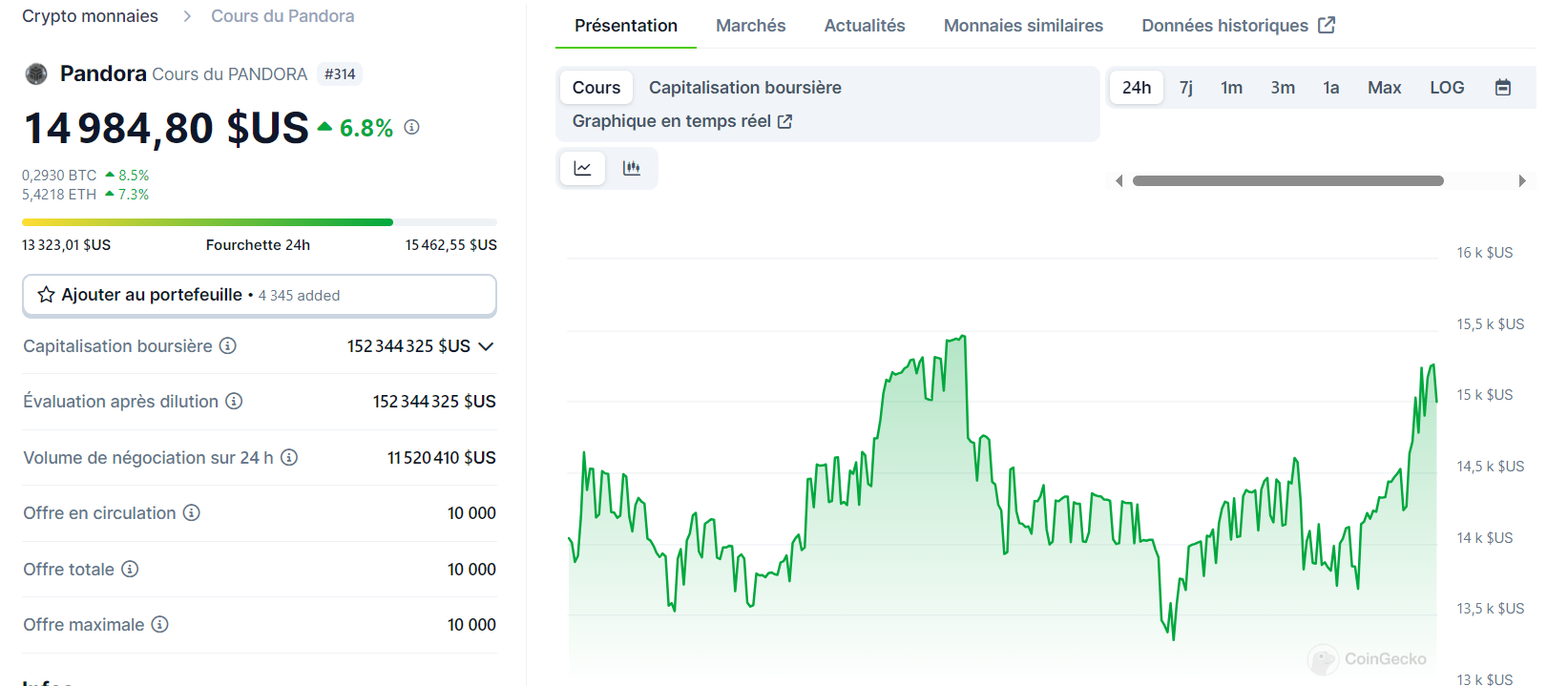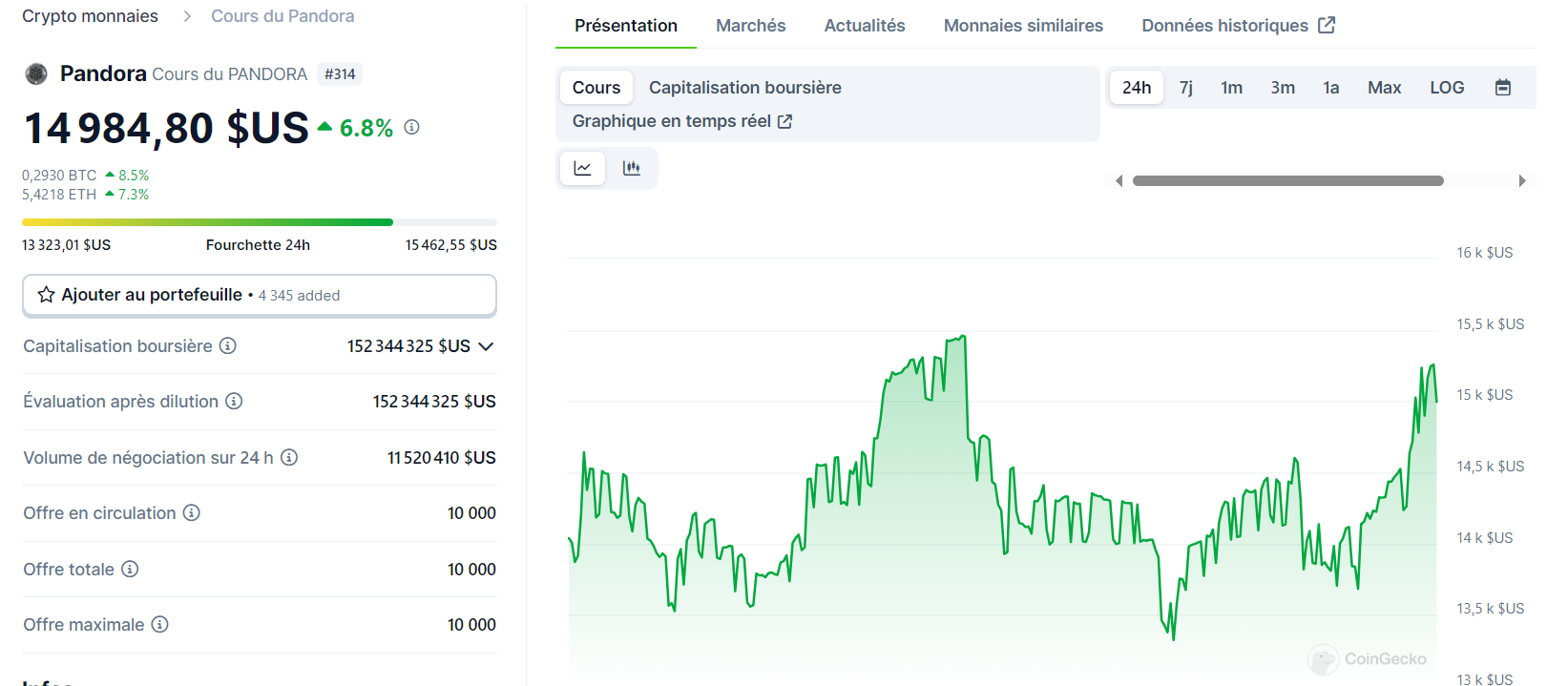Exploring ERC-404: Bridging Fungibility and Uniqueness in the Ethereum Ecosystem
ERC-404 standard represents a novel approach to tokenization, blending the characteristics of fungible tokens, like cryptocurrencies, with those of non-fungible tokens (NFTs), thereby creating a new category of “semi-fungible” tokens.
Introduction
The landscape of blockchain technology and digital assets is perpetually evolving, with Ethereum at the helm, driving innovation and new possibilities. Among the latest breakthroughs is the introduction of the ERC-404 standard, an experimental token standard that has captured the attention of the crypto community. This standard represents a novel approach to tokenization, blending the characteristics of fungible tokens, like cryptocurrencies, with those of non-fungible tokens (NFTs), thereby creating a new category of “semi-fungible” tokens. This article delves into the intricacies of ERC-404, exploring its potential implications, challenges, and the opportunities it presents within the broader blockchain ecosystem.
Understanding ERC-404: A Hybrid Token Standard
At its core, ERC-404 introduces a novel concept in the digital asset space by blending the characteristics of fungible tokens, like cryptocurrencies, with those of non-fungible tokens (NFTs), unique digital items. This amalgamation leads to the creation of “semi-fungible” tokens, offering a versatile medium for tokenization that can cater to a wide range of use cases. The standard allows for multiple ownership of a single NFT, expanding the possibilities for asset utilization, such as collateralization or staking in the decentralized finance (DeFi) sector.
Potential Use Cases for ERC-404 Tokens
The ERC-404 standard represents a pivotal innovation in the Ethereum blockchain, blending the aspects of fungibility and non-fungibility into a singular framework. This unique combination facilitates fractional ownership, markedly enhancing the liquidity of NFTs. Such an advancement overcomes a prevalent challenge within the traditional NFT market: the difficulty in trading portions of an NFT without requiring a counterpart ready to acquire the whole asset. This capability of ERC-404 tokens unlocks a plethora of opportunities for NFT projects and applications across various domains:
Art & Collectibles
The concept of fractional ownership can revolutionize the art and collectibles market by democratizing access to high-value artwork or rare collectibles. This approach can make it feasible for a wider audience to own a piece of a coveted art piece or collectible item, thereby expanding the market and potentially increasing the asset’s value through broader exposure and demand.
Real Estate
In the realm of real estate, ERC-404 tokens can facilitate the tokenization of property assets, enabling fractional ownership and simplifying the process of investment. This can lower the barriers to entry for investors, allowing more individuals to participate in real estate investment and benefit from potential returns without the need for significant upfront capital.
Gaming & Metaverse
The gaming industry and emerging metaverse platforms stand to gain significantly from ERC-404 tokens. In-game assets, such as equipment, characters, or virtual land, can be divided and traded with greater efficiency, enhancing player engagement and opening new revenue models. This fractionalization can also foster a more vibrant and liquid marketplace within gaming ecosystems and virtual worlds.
Decentralized Funding
ERC-404 tokens offer a novel approach to decentralized funding, allowing projects or startups to issue fractionalized shares to the community. This can democratize access to investment opportunities, enabling a wider audience to support and invest in projects they believe in. By leveraging the collective power of community investment, projects can secure the necessary funding while ensuring a more distributed ownership structure.
The Birth of Pandora: ERC-404’s First Use Case

Pandora, the inaugural project leveraging the ERC-404 standard, has already made waves in the crypto market. This project illustrates the practical application of ERC-404 by offering tokens that simultaneously represent both fungible and non-fungible properties. When a user purchases a Pandora token, they receive an NFT with randomized traits, which can be traded or sold, highlighting the standard’s potential to address liquidity issues prevalent in traditional NFT markets. The ability to fractionalize NFT ownership through ERC-404 could significantly enhance liquidity and accessibility for a wide array of digital assets.
DeFrogs Leap into the ERC-404 Ecosystem: A New Chapter in Semi-Fungible Tokens (DEFROGS)

Riding on the momentum generated by Pandora, the DeFrogs project has carved out its niche within the ERC-404 ecosystem. This initiative introduces a captivating collection of 10,000 frog-themed Profile Picture NFTs (PFPs), integrating the token purchase with NFT minting in a seamless manner. Leveraging the liquidity advantages offered by the ERC-404 standard, DeFrogs enables users to fluidly trade between tokens and NFTs, enhancing the user experience and market dynamics.
Although the DeFrogs tokens have not experienced the meteoric rise seen with Pandora, they achieved a notable peak value exceeding $3,500, later adjusting to a more stable price point around $1,255. This valuation reflects the project’s reception and the evolving market dynamics surrounding ERC-404 projects.
Market Response and Future Prospects
The crypto community’s response to ERC-404 and projects like Pandora has been overwhelmingly positive, with significant price appreciations reflecting the market’s enthusiasm for this innovative standard. However, it’s crucial to note that ERC-404 remains an experimental standard that has yet to undergo formal auditing processes. This experimental nature underscores the importance of cautious optimism, as the ecosystem around ERC-404 continues to develop and mature.
The Future of Digital Assets with ERC-404
The introduction of ERC-404 heralds a new era for digital assets on the Ethereum blockchain, pushing the boundaries of tokenization and asset ownership. By enabling a more fluid and flexible approach to digital assets, ERC-404 could pave the way for innovative applications in the blockchain space, particularly in DeFi and beyond. The continued exploration and iteration of this standard will likely influence the future direction of digital asset interoperability, utility, and value creation.
As ERC-404 ventures into uncharted territory, its journey will be closely watched by developers, investors, and enthusiasts eager to see how this experimental standard could redefine digital ownership and exchange. Despite its potential, the community remains vigilant, aware of the challenges and opportunities that lie ahead in fully realizing the promise of semi-fungible tokens.
The experimental nature of ERC-404, coupled with its groundbreaking approach to token standards, makes it a fascinating development in the blockchain space. Its ability to merge the benefits of ERC-20 and ERC-721 tokens under a single standard could significantly impact how digital assets are created, traded, and utilized, offering a glimpse into the future of blockchain technology and digital asset management.
In essence, ERC-404 represents not just a technical innovation but a conceptual leap towards a more integrated and flexible blockchain ecosystem. The success of projects like Pandora underlines the market’s readiness for such advancements, though the path to widespread adoption will likely require navigating the complexities of security, scalability, and regulatory compliance. As the standard evolves, it will be crucial for the community to foster an environment of collaboration and rigorous testing to ensure that ERC-404 can achieve its full potential in reshaping the landscape of digital assets.
Conclusion
ERC-404 marks a pivotal moment in the evolution of digital assets on the Ethereum blockchain, pushing the envelope of what’s possible in tokenization. By bridging the gap between fungible and non-fungible tokens, ERC-404 paves the way for innovative applications and models in the digital asset space. However, its journey is just beginning, with many challenges and milestones ahead. As ERC-404 navigates through experimental stages towards maturity, its potential to redefine digital ownership and exchange remains vast and largely untapped. The crypto community’s vigilant exploration and collaborative effort will be instrumental in unlocking the full promise of semi-fungible tokens, heralding a new chapter in the blockchain saga. The continued iteration and adoption of ERC-404 could very well dictate the future trajectory of digital asset management and blockchain technology at large.